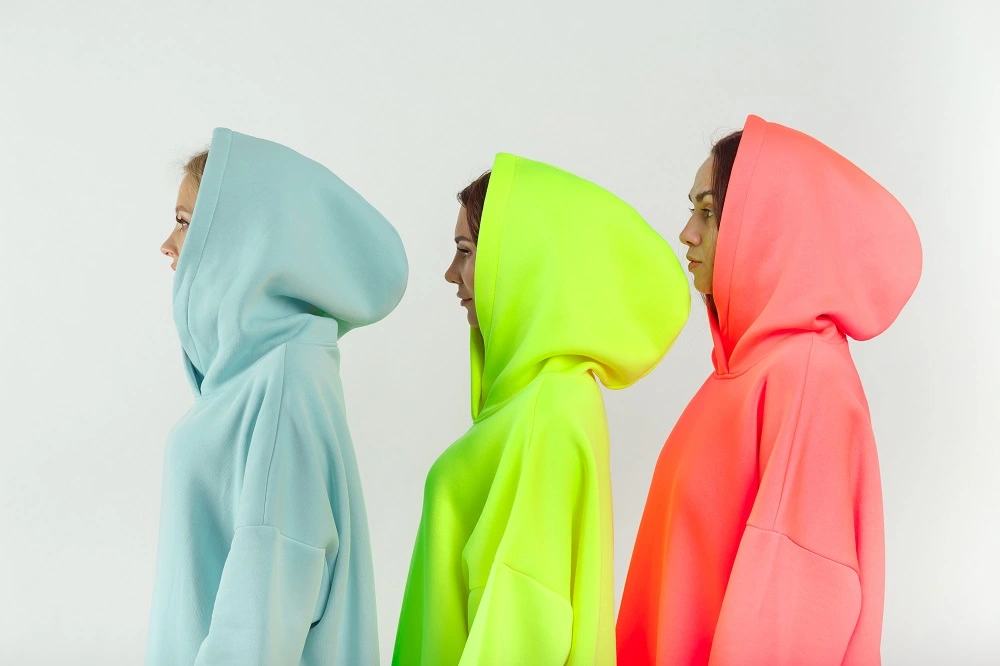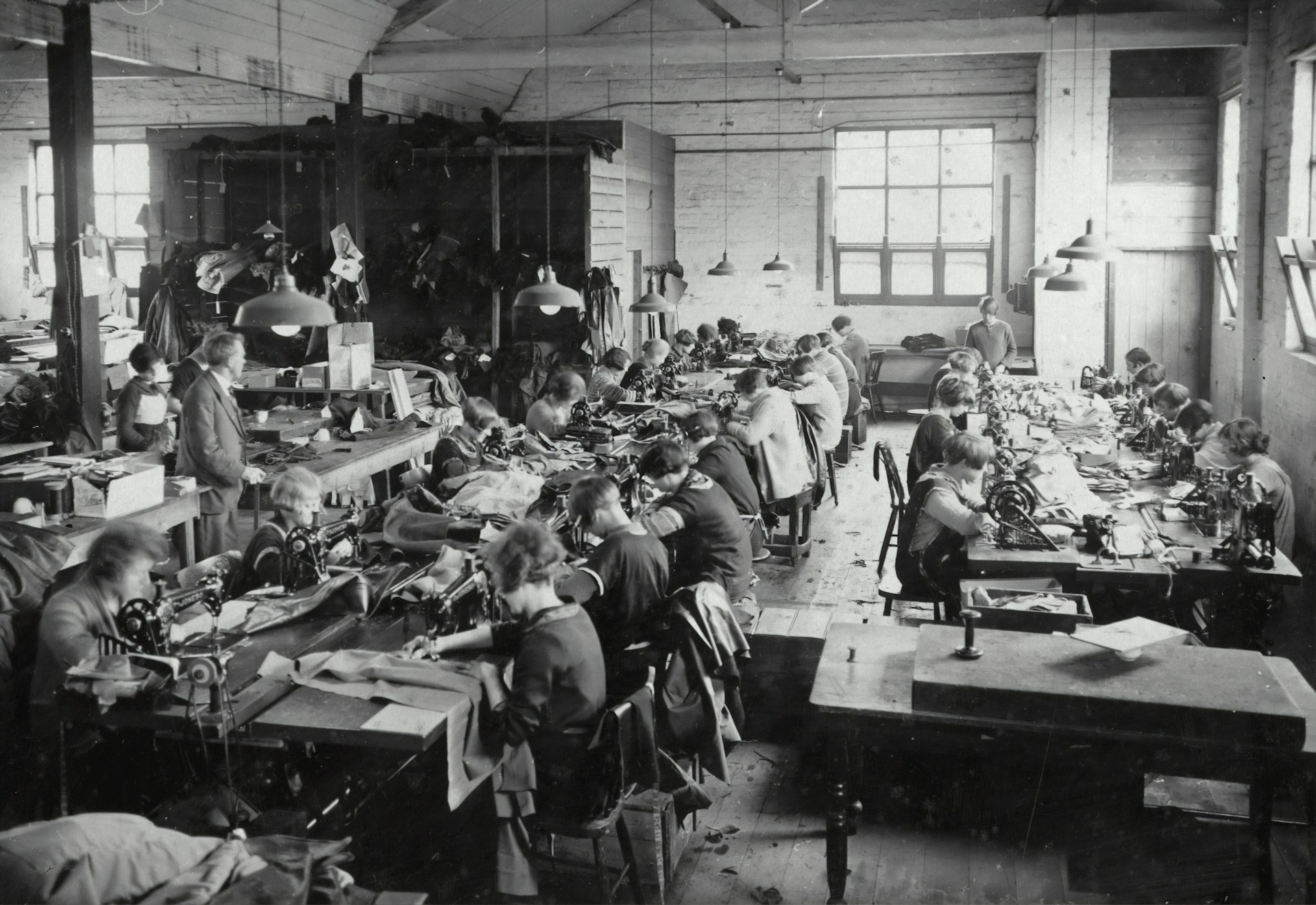The world of sportswear is evolving fast, and 2025 is bringing some game-changing trends in athleisure that you can’t ignore. Whether you’re an athlete, a fitness enthusiast, or a brand looking to stay ahead, understanding the latest sportswear trend is key. This year, innovation meets style with sustainable fabrics, tech-infused gear, and bold designs redefining activewear. Streetwear Manufacturers are stepping up, offering personalized, high-performance pieces tailored to modern demands. From gym wear to street-ready athleisure, these exercise fashion trends are shaping the future of sports fashion. Ready to explore what’s in store? Let’s break down the biggest sport fashion trend shifts of 2025!
Top Workout Fashion Trends 2025

Innovative, sustainable performance in sportswear is chic. In 2025, it includes making clothes out of eco-friendly materials and using fabrics with smart characteristics. The industry is rapidly changing to keep up with modern demands. From personalized designs through very high-performance sports gear to fashionable workout wear, which easily transitions from workouts to everyday life, brands need to be on their toes and respond to the variability of fitness apparel trends.
This opens a doorway for Clothing manufacturers to provide cutting-edge, customizable, and sustainable solutions to B2B clients in the activewear market. Let’s take a look at the latest trends in athletic wear shaping 2025, one at a time!
Sustainable & Eco-Friendly Sportswear
Sustainability has now become a necessity rather than a choice. With eco-conscious consumers preferring green products, brands have made it paramount to incorporate recycled materials into their activewear- ocean plastic, organic cotton, bamboo, and TENCEL™. Innovations in biodegradable and compostable materials are making big waves by minimizing waste within the fashion industry.
B2B clothing manufacturers can stay ahead in the game by practicing eco-friendly production techniques, offering low-impact dyeing techniques, and using certified sustainable materials. Private label sportswear buyers not only demand quality but also want transparency in sourcing and production.
Smart & Tech-Infused Activewear
Technology is revolutionizing sportswear, making it more functional than ever. Smart fabrics with temperature control, hydration sensors, and AI-driven designs are gaining traction, helping athletes and fitness enthusiasts optimize their performance. Other hot commodities are compression wear with muscle recovery technology, providing better support and speedier recovery.
As the world of wearable technology merges with activewear, manufacturers will have a golden opportunity to invest in tech-driven production techniques that make the incorporation of these innovations possible. Smart clothing isn’t a futuristic fantasy anymore; it is here, and industry insiders need to adapt to stay on top.
Bold Colors & Futuristic Aesthetics
In 2025, one can expect loud and flamboyant designs in sportswear. Neon bright colors, metallic detailing, and gradient patterns will dominate this space. As futuristic minimalism and high-tech-inspired aesthetics are gaining traction, activewear brands are moving away from their basics of blacks and grays. Customization is emerging as the other big athleisure fashion trend, with personalized prints, reflective detailing, and brand collaborations taking the stage. Custom dyeing, sublimation printing, and 3-D textures represent an enticing field for B2B manufacturers looking to capitalize on fitness clothing trends by offering differentiation for their brand clients in a crowded market.
Versatile Athleisure: Gym-to-Street Wear
The athleisure movement is continuing to flourish, with fashion and fitness blending, since consumers wish for pieces that can make the switch from gym to casual wear in a seamless way. Within this collection, the loose fits, oversized silhouettes, and even gender-free styles are on the rise to appeal to a broader clientele.
Layering and mixing-and-matching sportswear sets are also getting huge, with so much flexibility of style and practicality. This gives manufacturers a chance to make multipurpose sportswear with reliable materials- comfortable, water-repellent, stretchable, and of high quality for both casual settings and workouts.
High-Performance & Compression Wear
The performance of sportswear continues to stay in demand as elevated requirements for cutting-edge performance fabrics come into play, aimed at improving athletic endurance. Compression technology is being employed with slight variation to boost muscle recovery and prevent injury, offering targeted support during workouts.
Breathable and moisture-wicking with UV protection: that has become part and parcel of fabric for wearing in all kinds of weather conditions for the ultimate in comfort and protection. Here, lightweight but durable comprises the paradigm to improving flexibility and movement, which satisfies high-performance-level athletes and fitness practitioners.
They have more than enough incentive to focus B2B manufacturers on technical fabric development by creating innovative, performance-enhancing fabrics for other brands of clothes that appeal to serious athletes.
Customization & Personalization in Sportswear
Customization is set to eclipse mass production as the prime selling point in the activewear category. Brand-customized sportswear is taking center stage to stand out in logo printing, embroidery, and tailored fit. In doing so, demand manufacturing and made-to-order models are more popular nowadays; that is, waste is reduced, and the manufacturer can create unique designs for customers.
Open to B2B clothing manufacturers with low MOQs, flexible options are a la carte and can make or break a small brand. The providers are then likely going to draw in businesses looking for private-label solutions because of their quick turnaround times and high-quality printing/embroidery services.
Which Age Group Dominates Sports Apparel Purchases?

Based on available data, the following age groups show the most significant engagement in sports apparel purchases:
Millennials (Roughly Ages 25-40)
This group demonstrates a strong focus on health and fitness, driving significant demand for both performance and athleisure wear.
Generation Z (Roughly Ages 18-24)
This younger demographic is highly influential, with a keen interest in trendy sportswear and a strong presence in the digital space, where much sports apparel purchasing occurs.
A Combination of 18-39 Year Old’s
Many reports show that the combined age group of people in their late teens to late 30s are the group that most heavily purchases sports and gym apparel.
Is The Activewear Market Oversaturated?
The question of whether the activewear market is oversaturated is complex. Here’s a breakdown of the key factors to consider:
Market Growth vs. Saturation
However, the competition in activewear industries has become much more intense, even though it has grown into a necessary item of everyday wardrobes, with the boundaries between classical sportswear and casual outfits-thereby, having become activewear-fading away, consequently justifying the said rise in demand of the concerned market segment in some areas.
Factors Contributing to Saturation Concerns
- Increased Competition: Numerous brands, from established giants to new startups, are vying for market share.
- Trend-Driven Nature: Activewear trends can change rapidly, making it challenging for brands to stay relevant.
- Online Retail Boom: The ease of online shopping has led to an influx of new brands and products, further intensifying competition.
Factors Mitigating Saturation
- Niche Markets: Brands that focus on specific niches, such as sustainable activewear, plus-size activewear, Yoga apparel, golf apparel, or specialized sports apparel, can find success.
- Innovation: Brands that prioritize innovation in materials, design, and technology can differentiate themselves.
- Consumer Demand: The ongoing emphasis on health, wellness, and comfort continues to drive demand for activewear.
The Evolving Market
This dynamic market of activewear is filled with trends and technologies that are evolving. Manufacturers that may respond to the feelings and meet the changing needs will have much greater hope of rising to the surface and claiming the glory!
Embracing the Future of Fitness Fashion
The sportswear industry in 2025 will respond to a dynamic blend of sustainability, technology, daring studs, and high-performance design. Manufacturers and brands will have to innovate to catch up with the fast-advancing tastes and preferences of the consumers in a competitive market. From the use of eco-conscious materials to activewear driven by artificial intelligence, the functional demand for clothes has never been so high. Customization and athleisure act as two new catalysts to create endless opportunities for various brands crazy about high-quality sportswear. Whether on the lookout for the latest athleisure fashion trend or for the latest in sport clothing in consumer activewear, 2025 promises to set the stage for an evolution in sports fashion. Stay one step ahead, and stay active!






